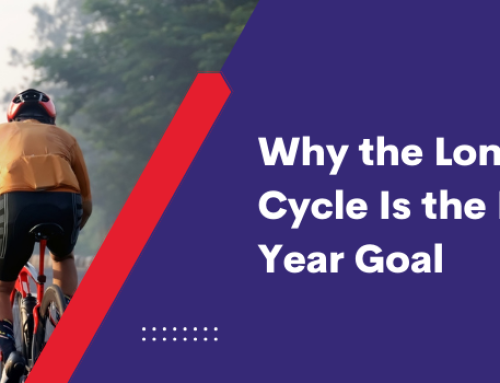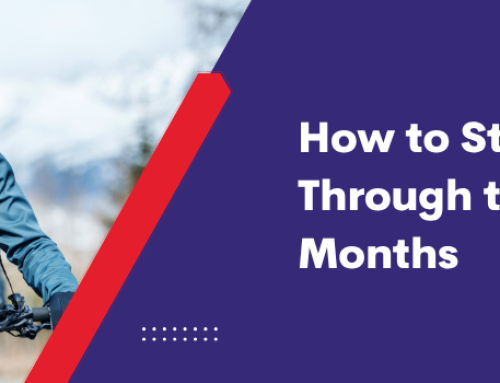When it comes to training for a long-distance cycle challenge, time spent in the saddle is only one part of the equation. How you fuel your training and spend time recovering will be just as important, but this is something that is often overlooked.
Without adequate nutrition, your body will struggle to find the fuel for intense workouts, or to kick start muscle growth. Likewise, a lack of good recovery routines will leave the body in a permanent state of exhaustion, which will impact the ability to train.
To strike the right balance, it’s essential to make nutrition and recovery an important part of your workout routines. In this guide, we’re looking at some easy to follow basics that will ensure rest, recovery and fuel become an integrated part of your training for medical teams.
The importance of nutrition and recovery for training
There’s little sense in creating a training plan for a long-distance cycle if it doesn’t also include essential steps like hydration, nutrition and adequate recovery. The older you get, the more important it is to include these components in your training plan.
Young people will tend to bounce back quickly after a grueling workout, but they can still benefit from optimising their nutrition and ensuring adequate recovery time. And as we get older, this side of training becomes essential for performance. In short, if you want to be able to complete a long-distance cycle challenge without risking an injury, then attention must be paid to the nutrition and recovery side of things.

Simple steps to optimise nutrition for long-distance cycling
Nutrition for any kind of long distance challenge should be split into training days and non-training days. It’s essential that you eat enough to fuel your body, as you’ll be burning more calories than usual.
If your goal is weight loss, then operating in a calorie deficit will help you to achieve this. But if you are following a gruelling training plan, you’ll either need to ensure you achieve maintenance calories or a surplus. There are some simple ways to achieve this.
- Prioritise protein in your diet. Once you start to aim for 40g of protein in every meal, the structure of your meals will change.
- Stay fuller for longer by making sure you’re getting enough fibre. Most adults need around 30g of fibre per day, so you could aim for 10g of fibre per meal.
- Carb loading the day before a training session will fuel up your body and replenish your glycogen stores. Pasta, rice and potatoes are excellent simple sources of carbohydrates.
- On training days and on race days, you’ll need to think about how to keep fuel levels up. This could mean snacking on foods like bananas throughout the day. Other people prefer to add glucose gels into the training. Sugary sweets are another easy way to get a quick fix of glucose to keep your muscles fueled up.
- Keep your diet varied and packed with vitamins and minerals by loading up half of your plate with vegetables and legumes. This should avoid the need for vitamin supplements.

How to optimise your recovery during long distance challenges
Like nutrition, recovery is also an important part of the equation. This is about more than just getting enough sleep. It’s also about stretching and supporting your muscles and joints. Here are some simple ways you can optimise your recovery routine:
- Go to bed and get up at the same time every day. Your body craves routine and will take care of your sleep cycles for you if you can support it in this simple way. Rather than trying to catch up on sleep at the weekend, aim to go to bed and get up at the same time every day.
- Create a post-training stretching routine. Stretching will help to cool down your muscles and prevent the dreaded DOMS (delayed onset muscle soreness). This is a kind of inflammation that occurs following intense training. If you don’t stretch and support your body, you might be forced to take more days off training due to stiffness and soreness.
- Explore ice and heat therapy for recovery. This could include ice plunging and saunas. You don’t have to do this every day, but once a week could be beneficial for your recovery schedule.
- Invest in a foam roller to help speed up recovery. This is a highly effective way to enjoy the benefits of a sports massage for myofascial release, without the associated cost.
- If you struggle to sleep at night due to sore muscles and leg cramps, magnesium supplements could help you to rest easily. Always consult with your GP or a pharmacist before adding any new supplements into your routine.
Final thoughts
Following these simple steps will help you to optimise your rest and recovery routine to help you perform your best during your long distance cycle. You’ll still be able to complete the challenge without these steps, but they could help to make the experience much more enjoyable.







Leave A Comment
You must be logged in to post a comment.